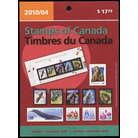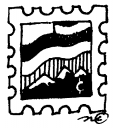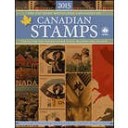
This is a very touchy and controversial subject. In short, if you have a rare, valuable, or classic stamp and you want to preserve its original value—the answer is «NO». The only time you should consider restoring such stamps is if they urgently require preservation, and then, only by a highly qualified professional.
Even if a stamp isn’t extremely valuable, many philatelists believe that altering a stamp in any way reduces its value and many don’t even want such stamps in their collection. For this reason, the American Philatelic Society stipulates that its members must identify a stamp that has been repaired or restored with an indelible ink mark—so that future buyers will know exactly what they are getting.








